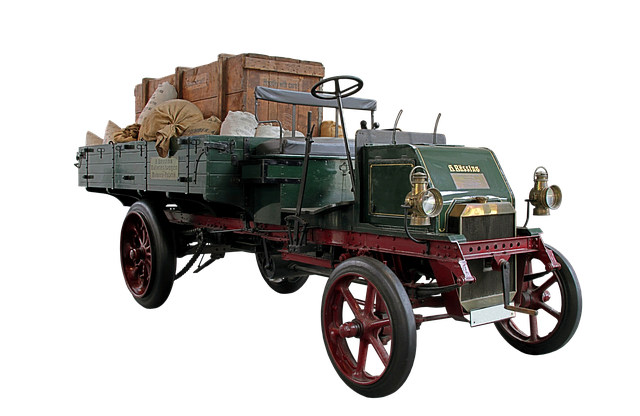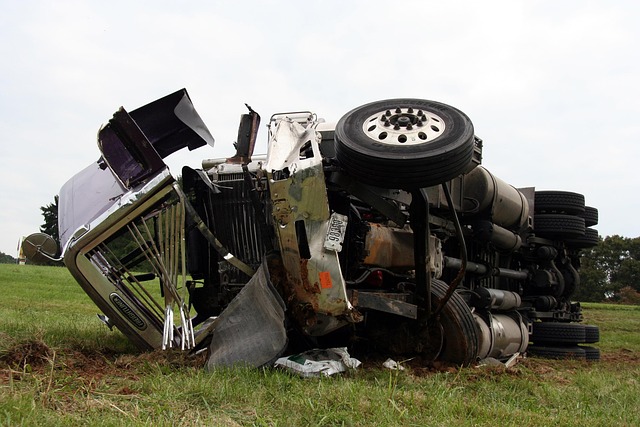Looking to register your car in California? This comprehensive guide walks you through the process, ensuring a smooth experience. From understanding key requirements to gathering essential documents, this article covers it all. Learn how to verify vehicle identity using a DMV-recommended VIN verifier and complete the registration application with ease. By following these steps, you’ll be on your way to legal California car registration in no time.
- Understand California Car Registration Requirements
- Gather Necessary Documents for Vehicle Registration
- Visit Your Local DMV Office or Use Online Services
- Verify Vehicle Identity Using VIN (DMV Guidelines)
- Complete and Submit the Registration Application Form
Understand California Car Registration Requirements

Before registering your car in California, it’s crucial to understand the state’s specific requirements. The California Department of Motor Vehicles (DMV) mandates that all vehicles operated on public roads be properly registered and have a valid vehicle identification number (VIN) verifier report. This process ensures road safety and helps track vehicle history, which is vital for identifying stolen or reported vehicles.
One key step involves obtaining a mobile VIN inspection or using a vin inspection service to verify the VIN accuracy. This can be done through a DMV-approved mobile vin verifier. By ensuring your vehicle’s VIN is legitimate and up-to-date, you’ll streamline the registration process and comply with California’s stringent regulations.
Gather Necessary Documents for Vehicle Registration

Before registering your car in California, make sure you have all the required documents ready. The process typically requires proof of ownership, such as a vehicle bill of sale or a title transfer document. You’ll also need valid identification, like a driver’s license or state ID card. One crucial step is to obtain a Vehicle Identification Number (VIN) verification report from a trusted source, which can be done through a mobile VIN verifier or by visiting the DMV with your vehicle for an inspection.
Additionally, you might need proof of insurance and emissions test results, depending on your vehicle’s age and model. Gather all these documents to streamline the registration process at the California Department of Motor Vehicles (DMV). Using a mobile VIN verification service can be beneficial as it allows you to check your vehicle’s history remotely, ensuring a smoother transaction when visiting the DMV.
Visit Your Local DMV Office or Use Online Services

Whether you’re buying a new or used car, one of the first steps in California is to register your vehicle with the Department of Motor Vehicles (DMV). You have two main options for this process: visiting your local DMV office or using online services. Going through the DMV in person can be efficient, especially if you need to conduct a VIN inspection and verification right away. The staff there can guide you through every step, ensuring that all documents are in order and that your vehicle meets California’s safety standards.
If you prefer a more convenient approach or have limited time, utilizing online services is an excellent alternative. Many tasks can be completed virtually, including registering a new car with a mobile vin inspection. This method allows you to save time by avoiding long lines at the DMV and often provides real-time updates on your application’s status. Remember that whatever method you choose, a proper VIN verification is crucial to ensure your vehicle’s legitimacy and compliance with California’s regulations.
Verify Vehicle Identity Using VIN (DMV Guidelines)

Before registering your car in California, it’s crucial to verify the vehicle’s identity using its Vehicle Identification Number (VIN). This process ensures that the vehicle is what it claims to be and helps prevent fraud. The DMV provides guidelines for this step, which includes utilizing a trusted VIN verifier. A mobile VIN verifier or even a simple online VIN inspection can help cross-reference the information against the manufacturer’s records, ensuring accuracy.
By employing these methods, you can confirm details such as the vehicle’s make, model, year, and other specifications. This verification is an essential part of the registration process in California and plays a vital role in maintaining the integrity of the state’s motor vehicle records.
Complete and Submit the Registration Application Form

To begin the registration process for your vehicle in California, you’ll need to complete and submit the Registration Application Form. This form is your official document that requires accurate information about your car, including its make, model, year, and unique Vehicle Identification Number (VIN). The VIN is a crucial piece of data used to verify ownership and identify your vehicle, so it’s essential to ensure its accuracy. Utilize a trusted DMV VIN verifier or mobile vin inspection service to cross-check this information before proceeding.
Once you’ve confirmed the details, fill out the form with care. Provide all necessary personal information, such as your name, address, and contact details. Attach relevant documents like proof of insurance, vehicle title, and any registration fees required by the California Department of Motor Vehicles (DMV). Submitting this application is a significant step towards making your vehicle legally registered and road-ready in the Golden State.
Registering a car in California is a straightforward process that involves understanding specific requirements, gathering essential documents, and verifying your vehicle’s identity using a DMV-approved VIN verifier. By completing these steps, you’ll be well on your way to ensuring your vehicle is legally registered and ready to hit the road. Remember, the California Department of Motor Vehicles (DMV) provides both in-person and online services, making it convenient for you to complete the registration process efficiently.
